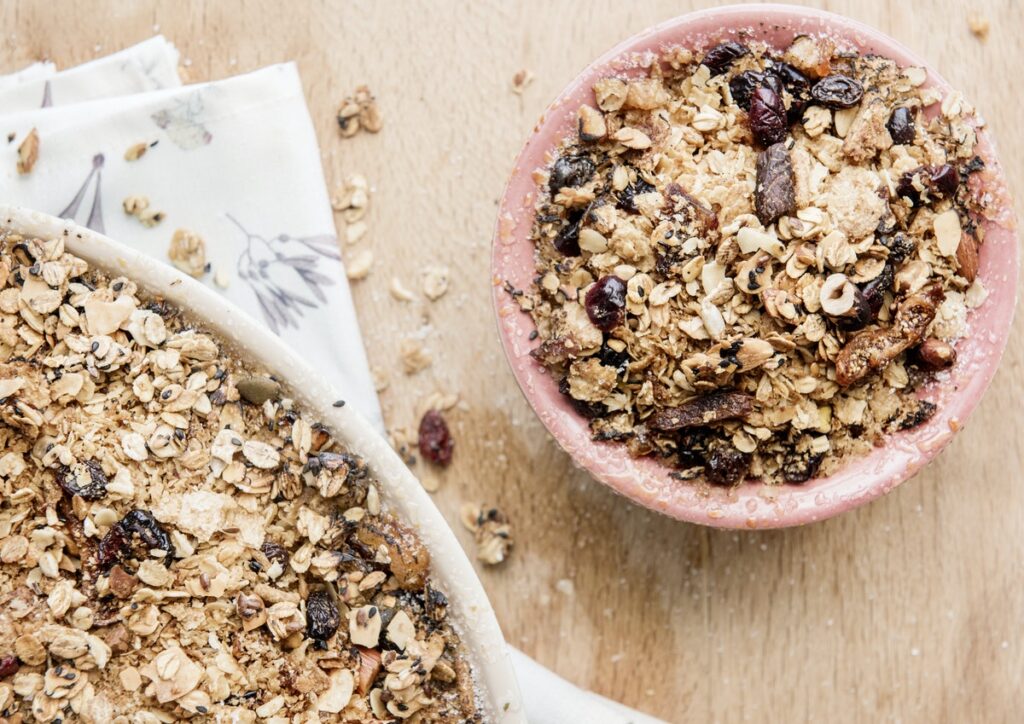
Going through the bread aisle is crazy. There are many options, between the white type, wheat, multigrain, integral, 100% integral, sprouted grain bread, wheat with honey, etc. That is why knowing what whole grains are is somewhat complicated.
If you've ever felt cheated by bread, we want to help you with a simple guide to determining how to choose the best whole grain products.
What are the best whole grains?
Whole foods have a number of benefits. A large body of research shows that integrals are related to the reduced risks of type 2 diabetes, stroke, heart disease, and colorectal cancer, while supporting weight management and improving chronic inflammation.
Unfortunately, many of us are far from meeting the RDA. An estimated 42 percent of all our calories come from low-quality carbohydrates, including refined grains like white bread, crackers, and baked goods.
A food is considered "whole" when the grain is present in its whole form or ground into flour while retaining all parts of the seed, including the bran, germ, and endosperm. You can count on the following foods to be truly whole grain:
- Barley
- Brown Rice
- Buckwheat
- bulgur
- What's good
- Oatmeal
- Popcorn
- Wholemeal bread
- Wheat pasta
- whole wheat crackers

How to choose products with whole grains?
One study found that consumers have trouble discerning terms like:
- «Multigreal»
- "Made with whole grains"
- "Wheat with honey"
- "12 grains"
These marketing claims on the front of packages of many food products also made it difficult for buyers to interpret the ingredients. Therefore, we give you the steps you must follow to choose the best product:
Busca the whole grain stamp on the container: There are three types of whole grain stamps that can be found on whole grain products: 100% stamp, 50% + stamp, and basic stamp. The 100% and 50% + stamps are your healthiest options.
The basic stamp means there is at least a half serving of whole grain, but there may be more refined grains than overall whole grains. Also, not all whole grain products carry the seal, so don't dismiss an unsealed product without doing more research.
Mira in the list of ingredients the word "whole": Terms like "enriched flour," "wheat flour," "bran," "wheat germ," and "multigrain" do not refer to whole grains. The term "whole" should be in front of the grain to confirm that it includes a whole grain. If the first ingredient listed contains the word "whole," then it's a safe bet (but not entirely) that the product is predominantly whole grain. If the second ingredient listed is not a whole grain, up to 49 percent of the product may be made from refined grains. If the first ingredient does not say "whole" but the second does, you can be sure that less than half of the product is made up of whole grains.
No you trust only in the fiber: Fiber is great for you, but just because a bread, cracker, or cereal is high in fiber doesn't mean it's whole grain. Fiber can be added to any product to help boost the content, regardless of whether it is a whole grain.
It may also help to understand the other terminology that is common in grain products. For example, refined grains have a finer texture and a longer shelf life, but the beneficial germ and bran are removed from the food. The refining process also removes many nutrients (such as fiber).
Many cereals, pastries, crackers, desserts, and breads are made with refined grains such as white flour and white rice.
Enriched grains are grains that have many of their nutrients replaced after being lost during processing. The term "fortified» means that nutrients were added to the food during the manufacturing process. Many refined grains are enriched, and many enriched grains are also fortified with other vitamins and minerals, particularly grains. Whole grains may or may not be fortified.